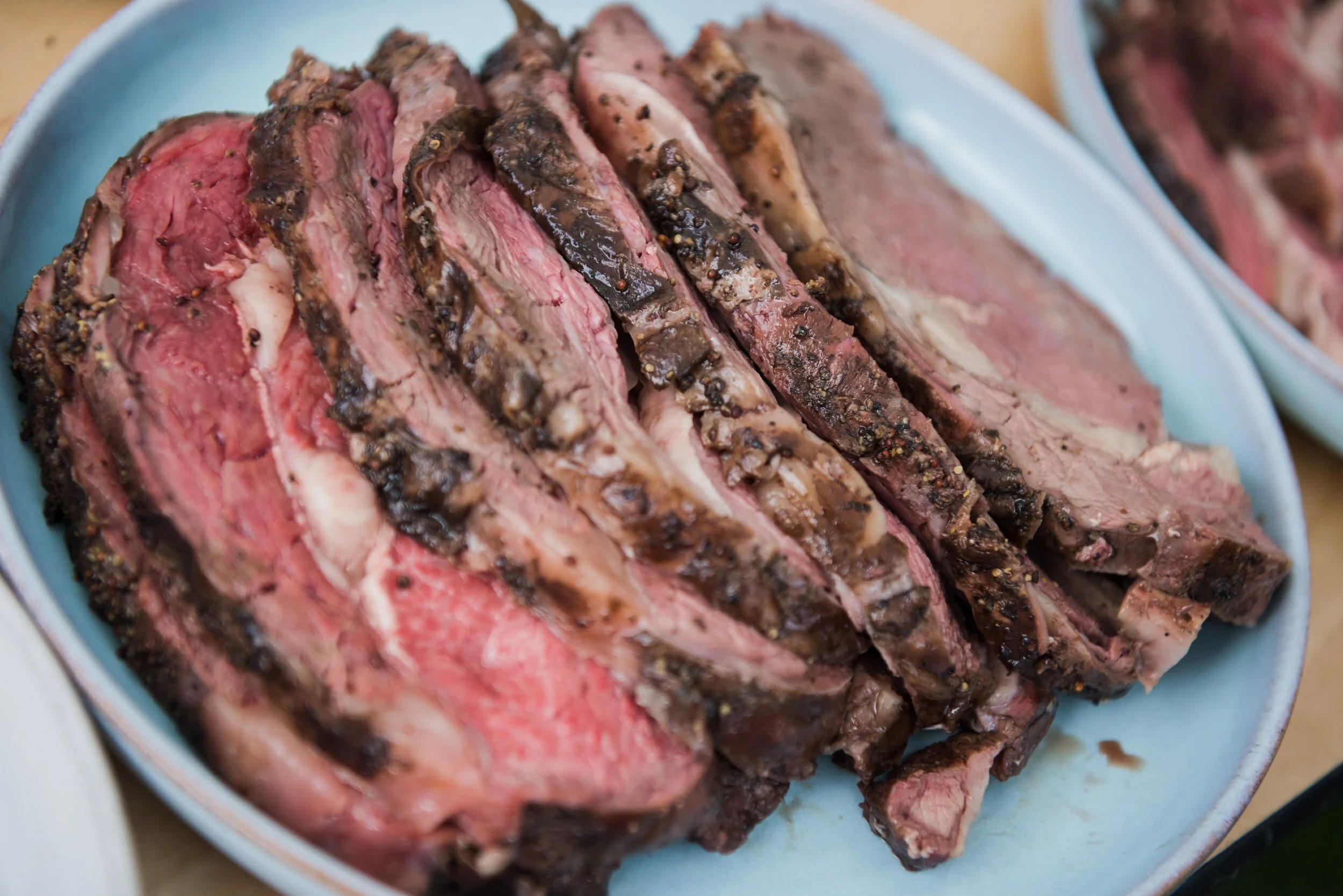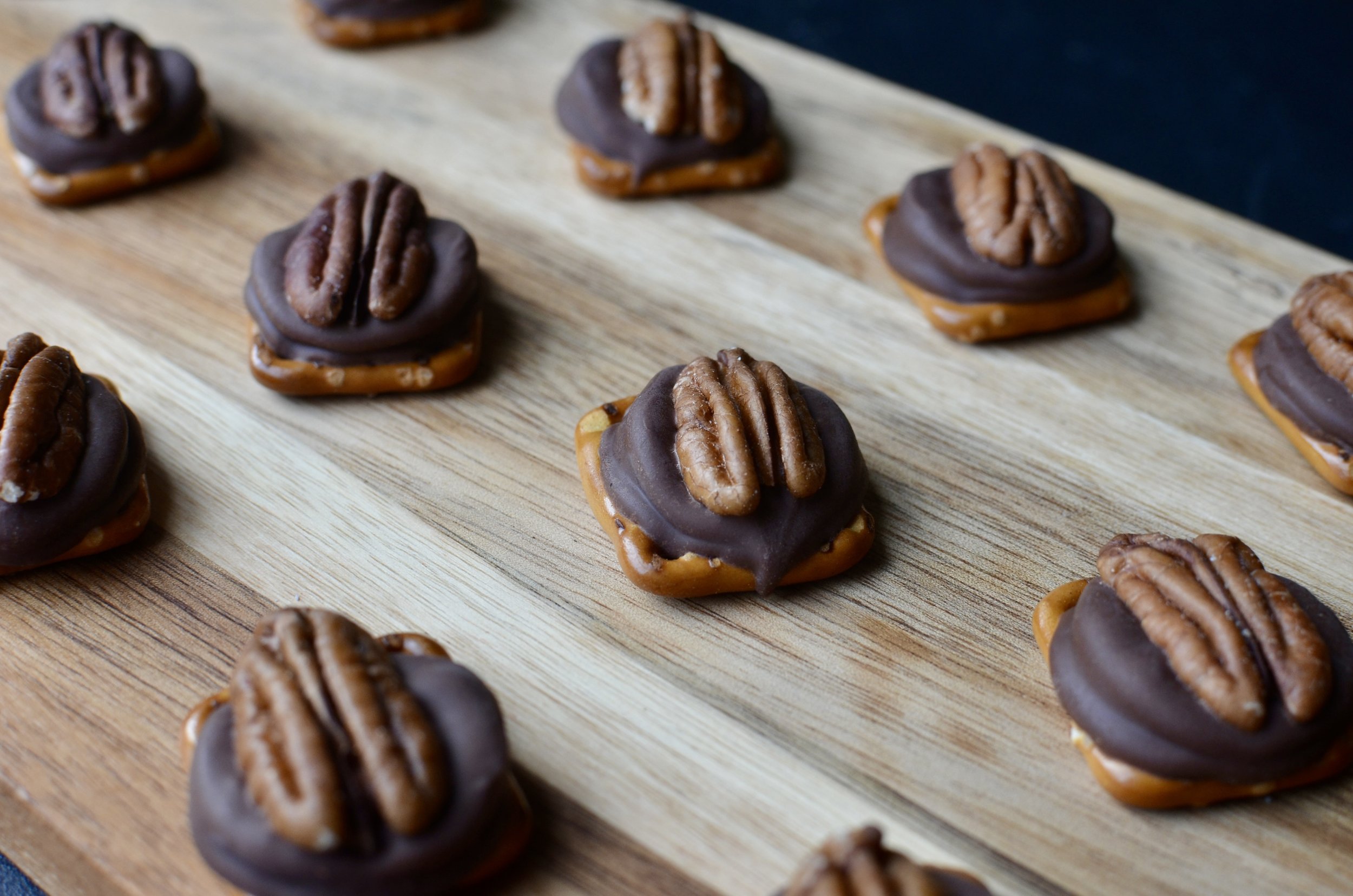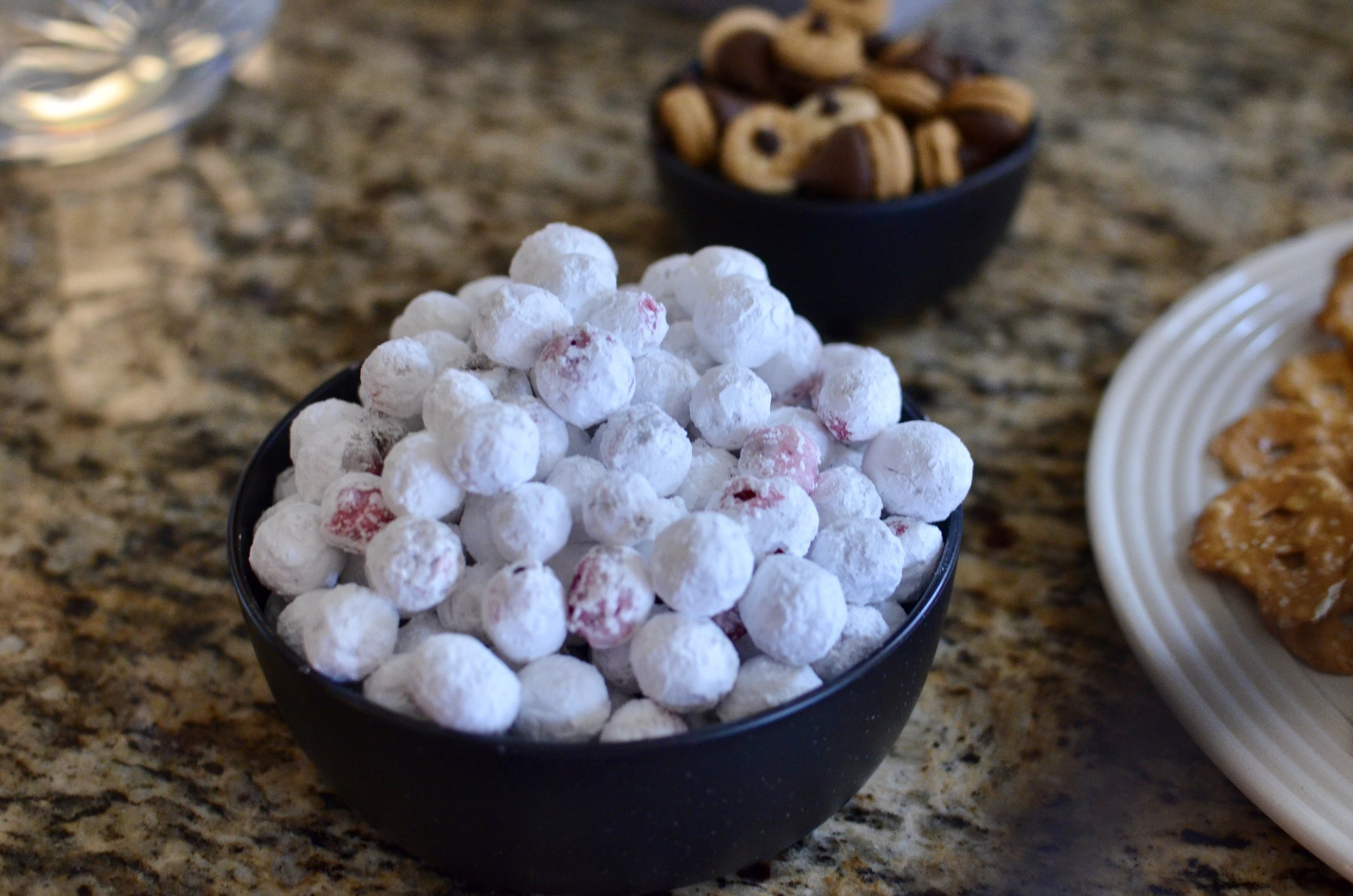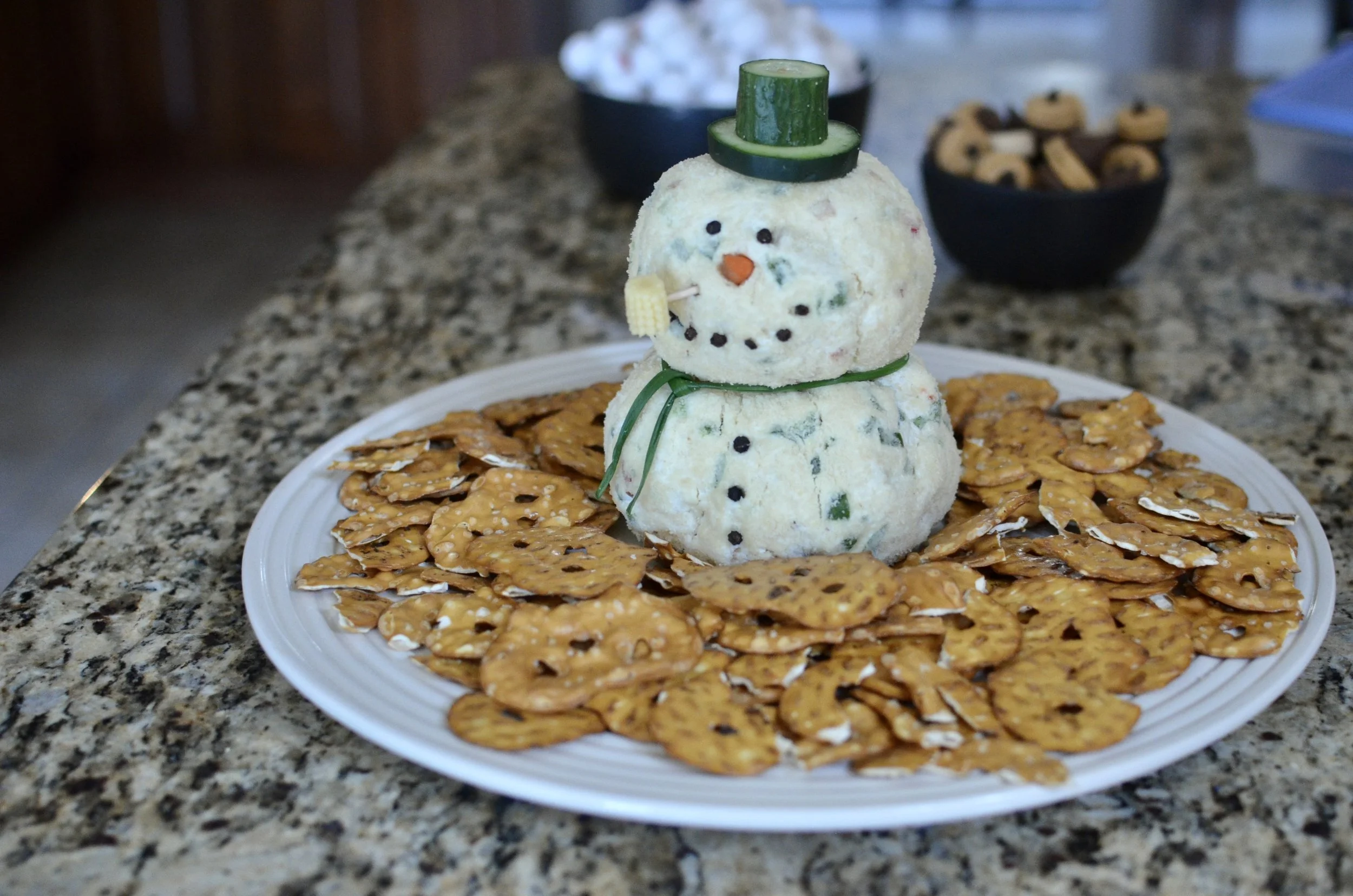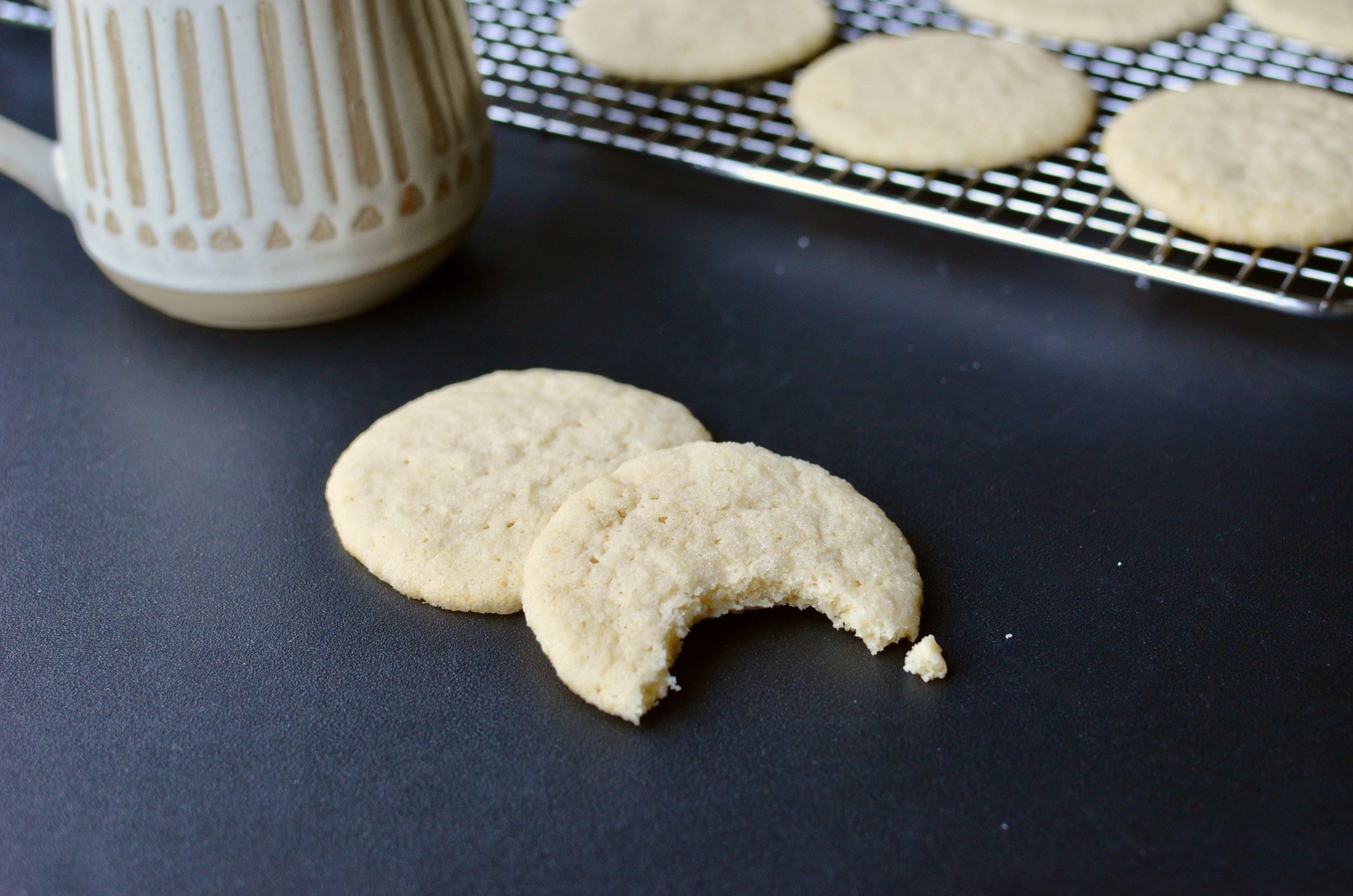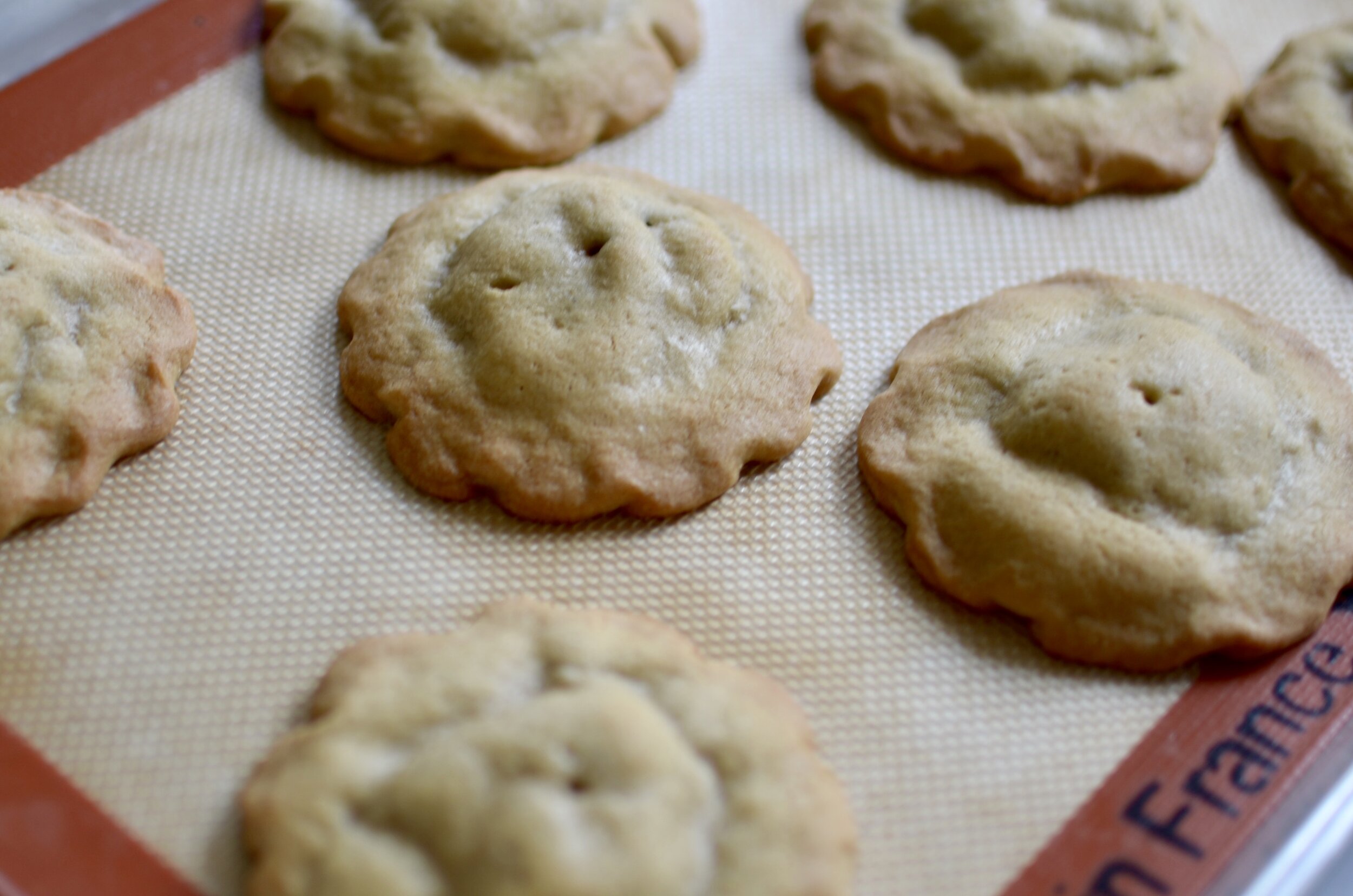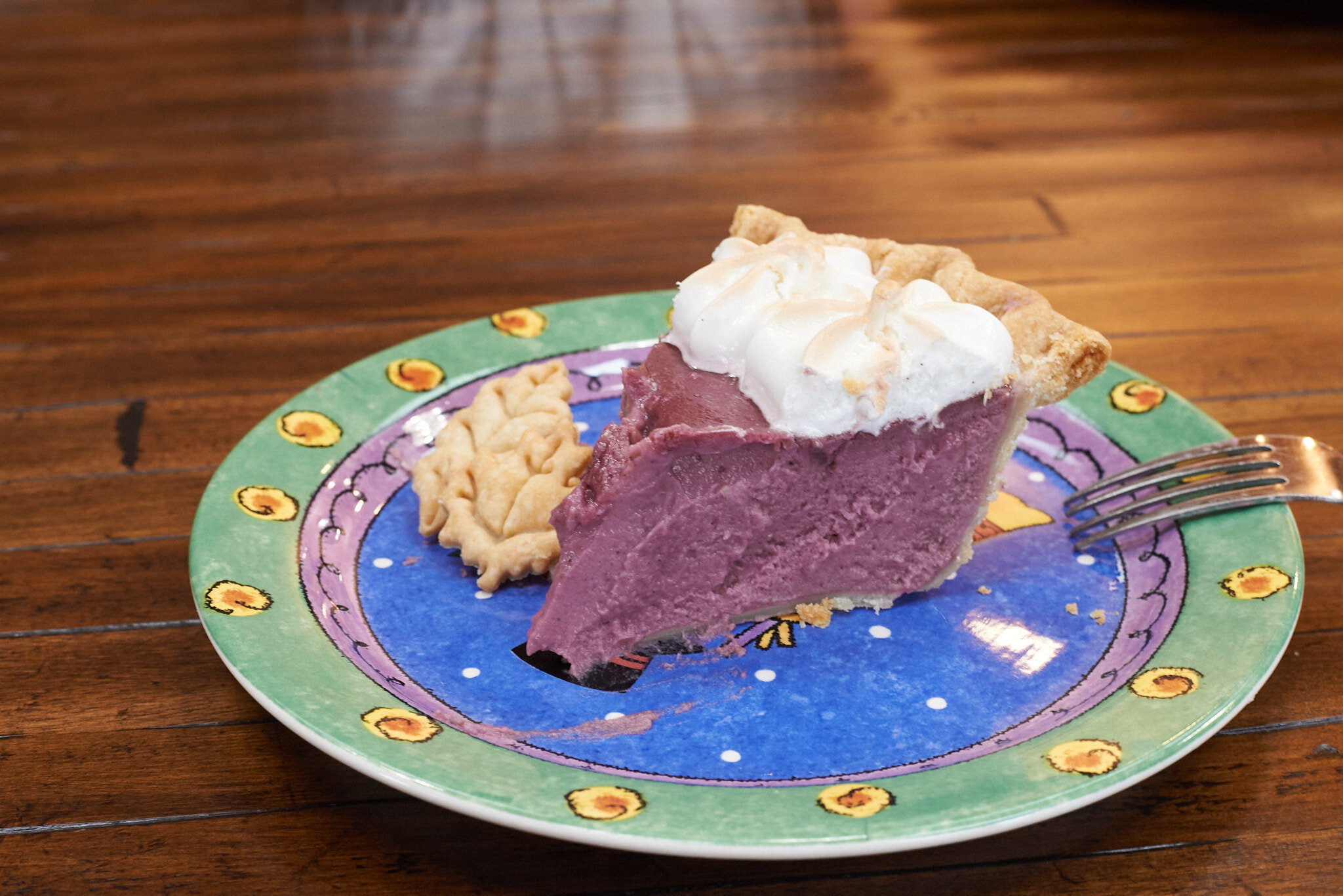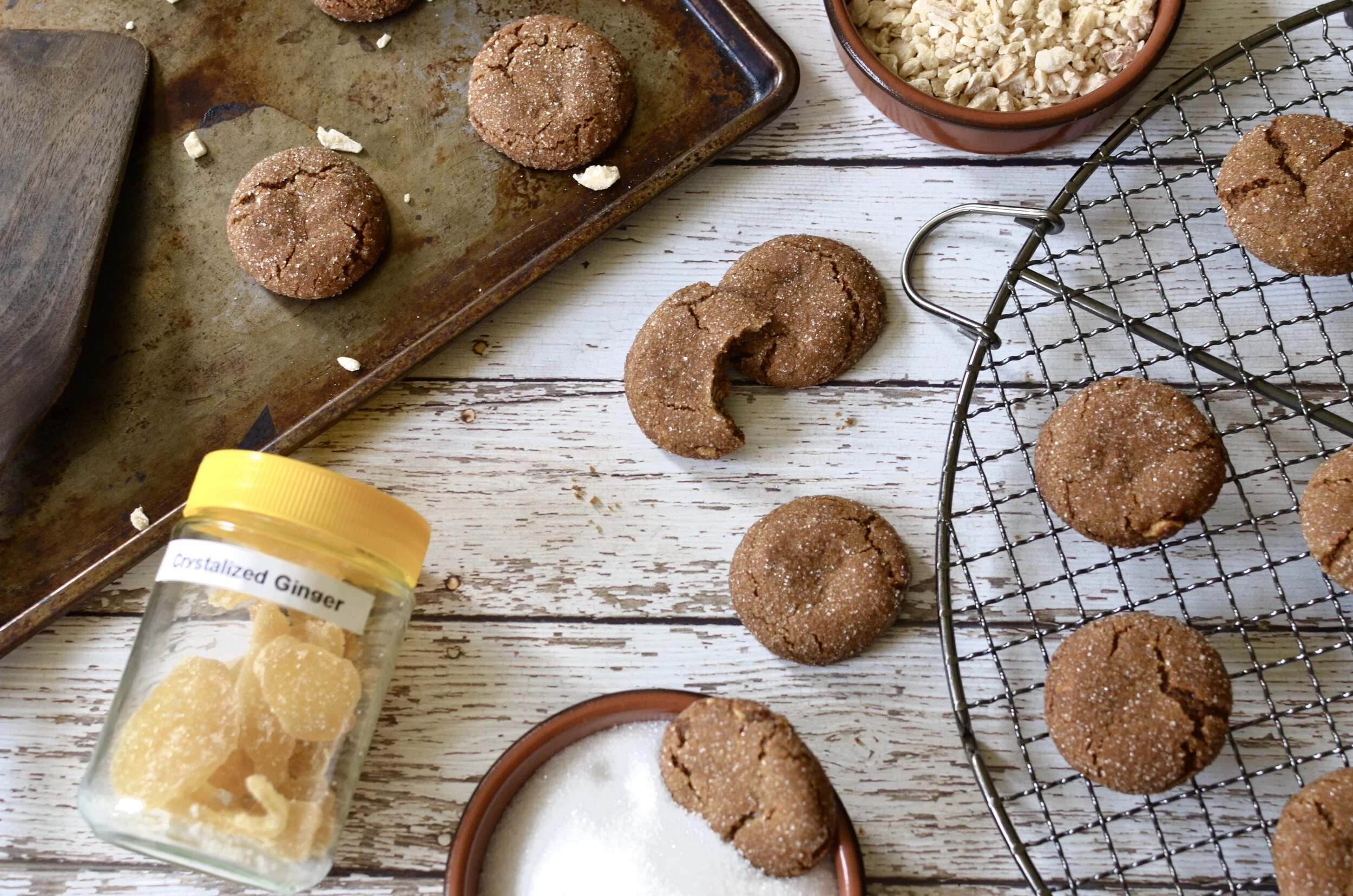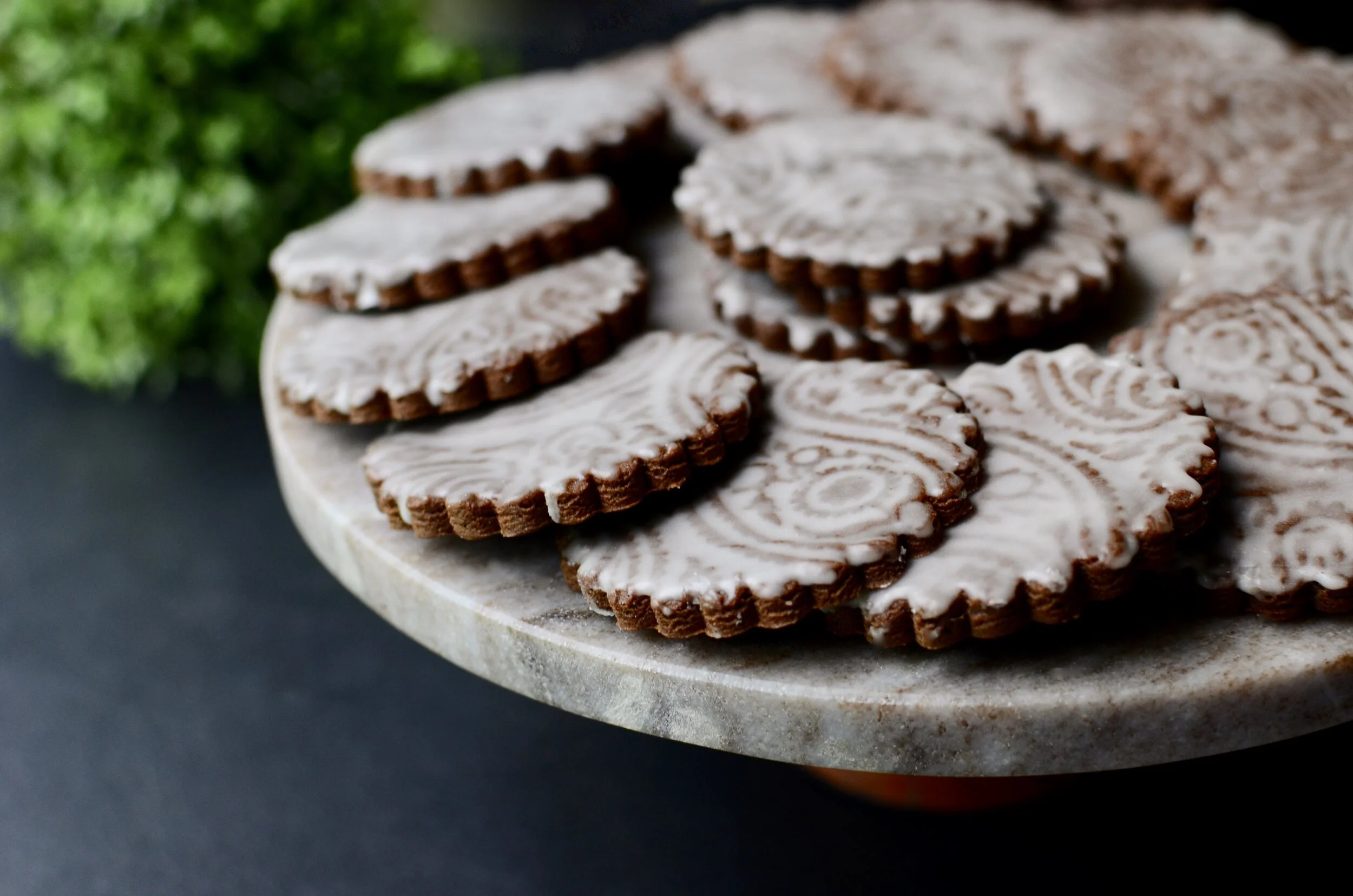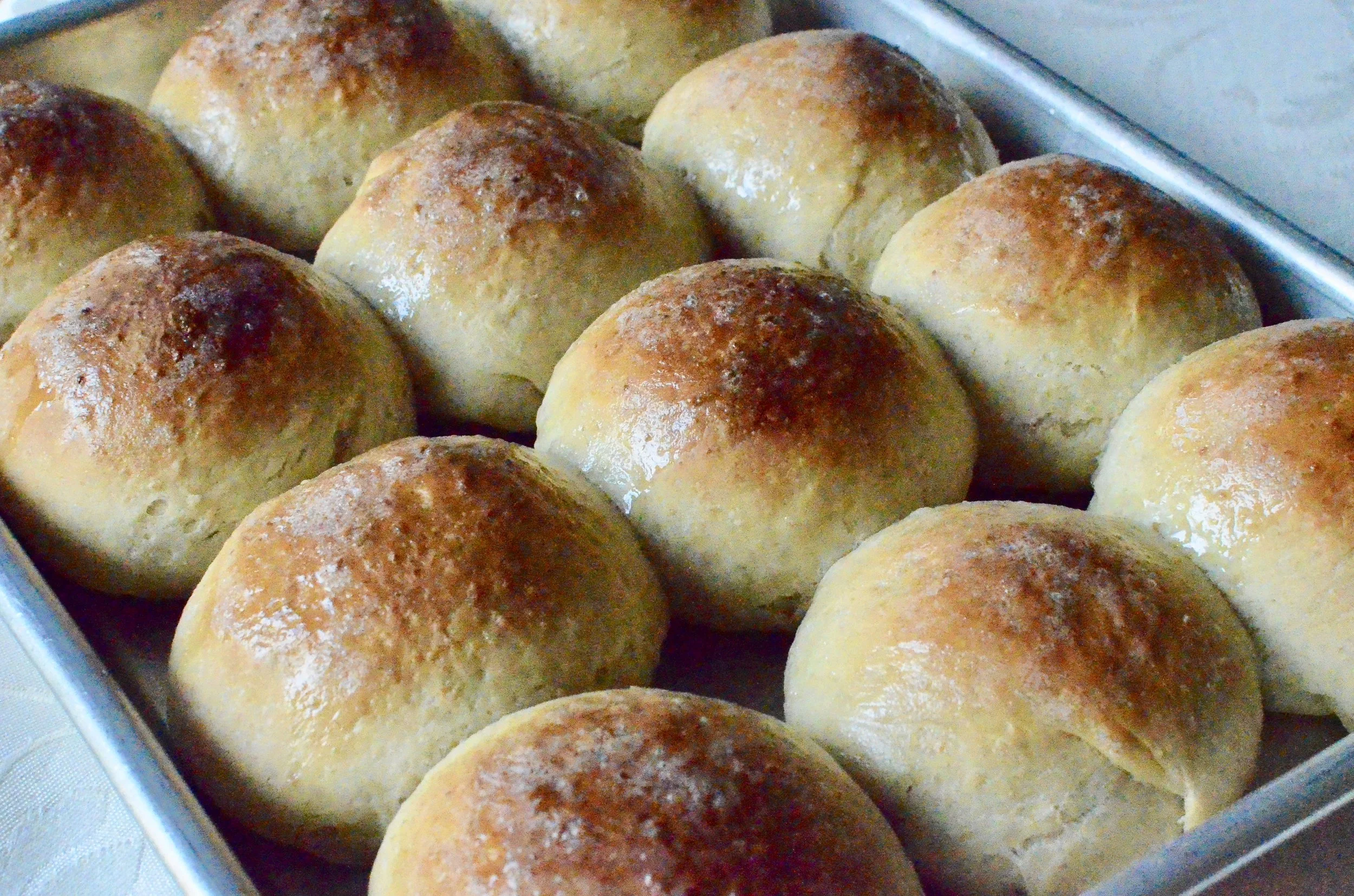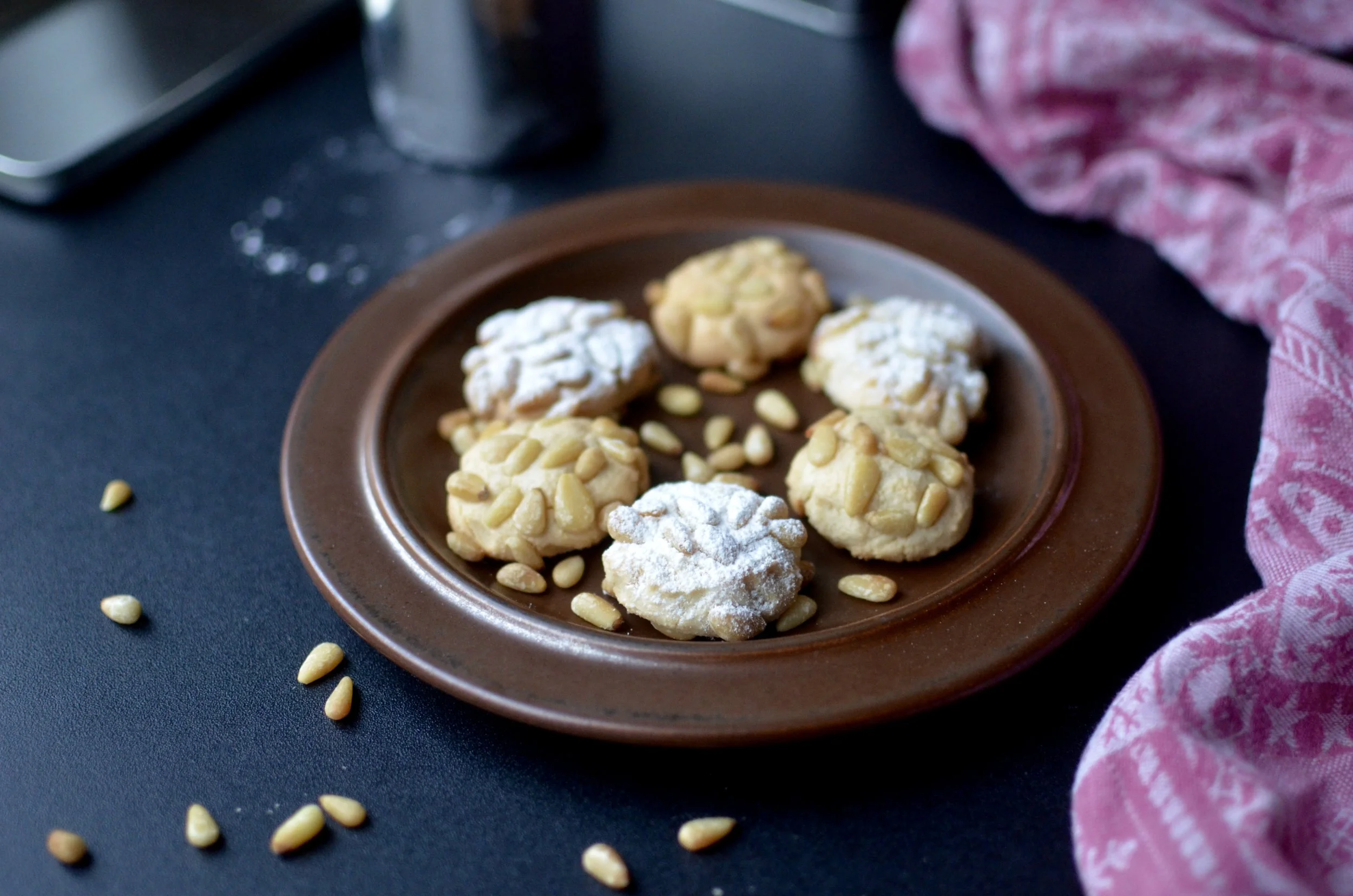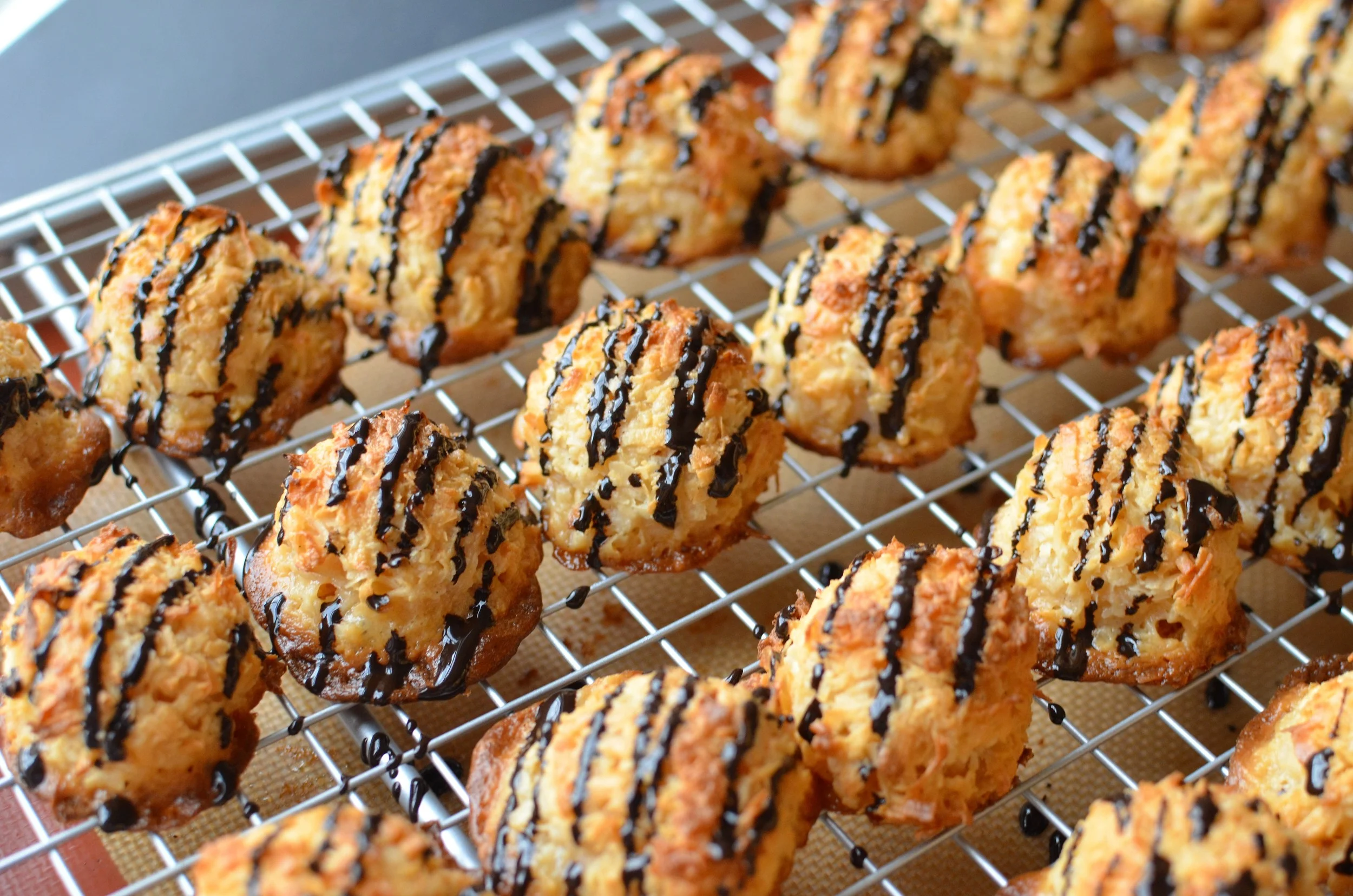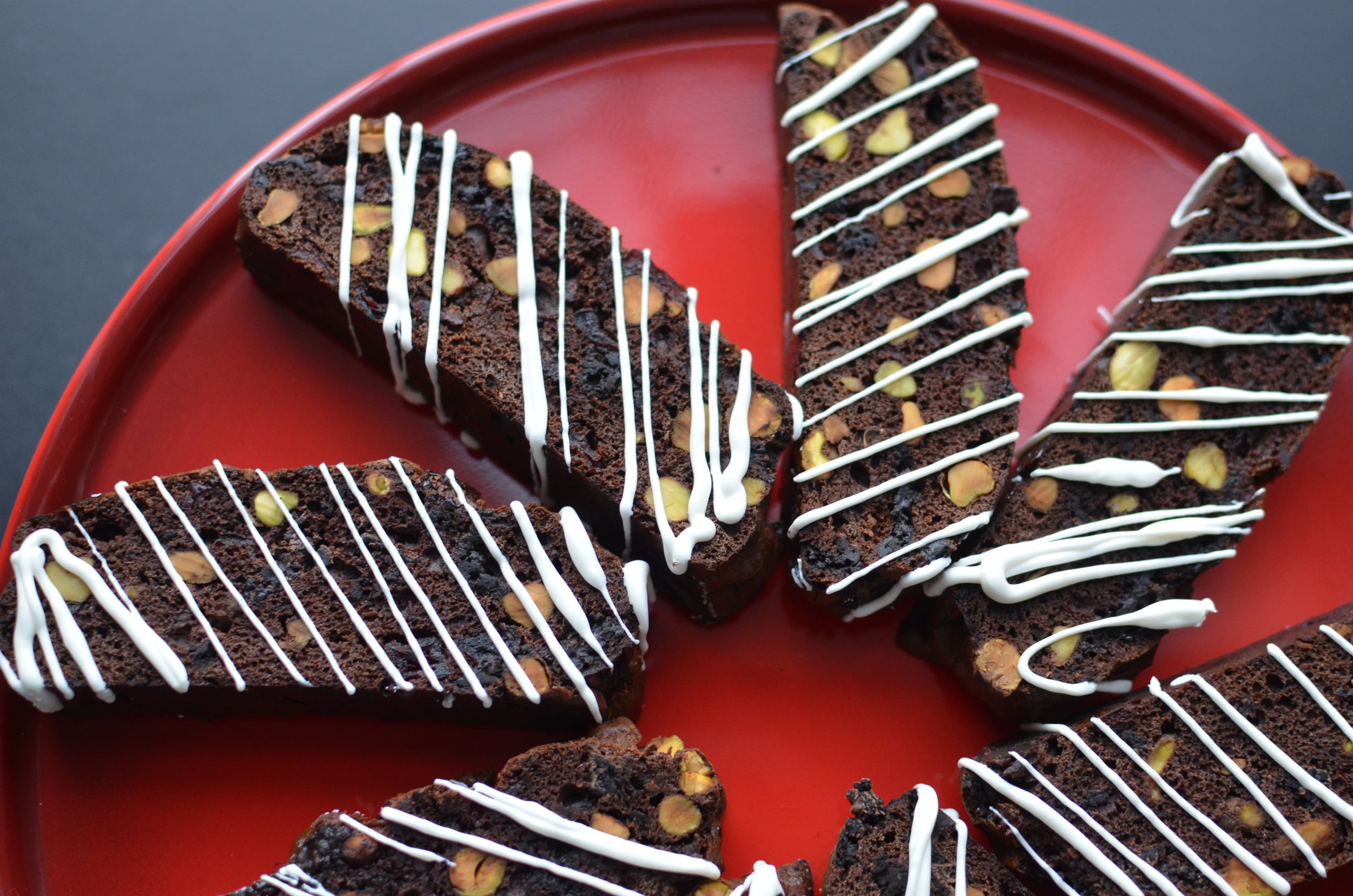Instant Pot Pot Roast
Patricia @ ButterYum
Few meals are as satisfying as Pot Roast. Pot Roast traditionally takes about 3 hours to make in the oven or on the stove top, but if you use an *Instant Pot, you can reduce that time by more than half. And because the Instant Pot cooks under pressure, the roast will be extremely tender. It’s my new favorite way to cook pot roast.
Items used to make this recipe:
(affiliate links)
Instant Pot (this one is my favorite) https://amzn.to/36k4SZU
My favorite chef’s knife https://amzn.to/39n6yUb
Instant Pot Pot Roast Recipe
makes 4-6 servings
Ingredients
2 pounds chuck roast, cut into large chunks (3 to 4-inches)
1 pound white or red bliss potatoes, roughly chopped
1 pound carrots, peeled and cut into 2-inch pieces
1 large onion, roughly chopped
1 teaspoon kosher salt
2 cups low-sodium beef or chicken stock
1 whole clove garlic, peeled
1 tablespoon dried parsley
1 bay leaf
olive oil
Directions
Place carrots and potatoes into the instant pot insert.
In a cast iron skillet over medium high heat, brown onion in olive oil until caramelized, stirring frequently.
Pour caramelized onions over carrots and potatoes.
Sprinkle chuck roast pieces with kosher salt; in same skillet used to cook the onions, add olive oil and sear all sides of beef pieces (do this in batches if necessary).
Place seared beef on top of the onions in the instant pot insert.
Deglaze skillet with beef or chicken stock; pour into insert and add remaining garlic, parsley, and bay.
Cover and seal instant pot lid; cook on “manual” or “high pressure” for 1 hour, then allow pressure to release naturally for 30 minutes before serving.
Notes
Using the recipe as written, the carrots will retain their shape, but their texture will be very soft. If you prefer your carrots a bit firmer, cook them separately and stir in at the end.
When choosing potatoes, avoid starchy varieties such as Idaho and Russet. Starchy potatoes will fall apart during the cooking process. Instead, choose waxy varieties such as red bliss, red new, or thin-skinned white potatoes. Waxy varieties will retain their shape well in this recipe. I have not tested Yukon gold potatoes which fall somewhere in the middle of the waxy/starchy scale.

